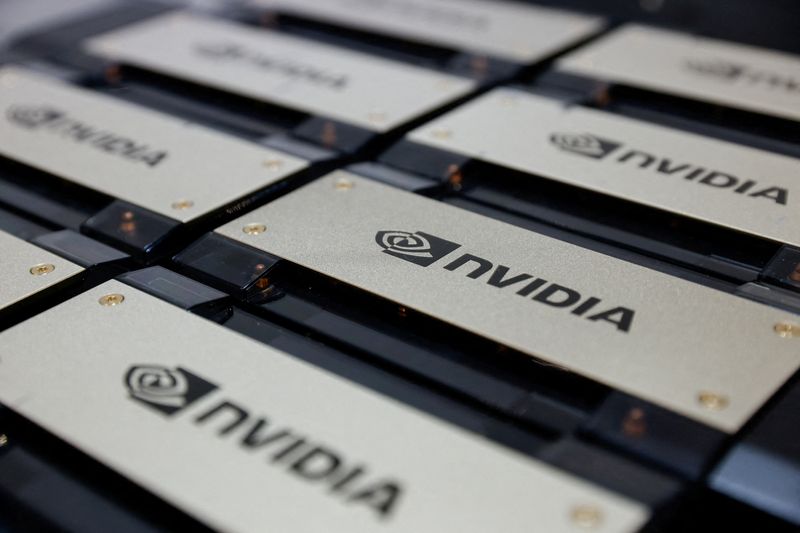After reporting blow-out after blow-out quarterly results amid the ongoing AI boom, one trader is betting $21 million that NVIDIA Corporation (NASDAQ:NVDA) will do it again when it reports its first-quarter financial results at the end of May.
Option strategists at Susquehanna highlighted that an opening investor bought 10,000 June 1180 NVIDIA call options, paying $20.70-$21.75 per call. Each call represents 100 shares of the underlying stock, representing a $21 million in premium paid for the trade.
The 1180 strike price represents about 32% upside from the current levels of about $890 per share.
If NVIDIA continues its dominance and upside surge, the traders stand to make tens of millions. Of course, if shares lag or trade sideways from here, the trader could lose some or all of the premium paid.
NVIDIA's financial boon
Highlighting the breathtaking strength of the semiconductor powerhouse, strategists at Goldman Sachs today underscored that NVIDIA's current 2024 sales forecast is $109 billion. Last year, analysts had only expected the company to post revenue of $37 billion this year.
In 2025, estimates are for revenue of $131 billion versus last year's forecast of $46 billion. In 2026, the company is estimated to report revenue of $143 billion versus prior estimates of $62 billion.
Where analysts see NVIDIA trading
Earlier this week, Needham & Company analysts raised their price target on NVIDIA to $850 while reiterating a Buy rating. They highlight that while supply is increasing, demand remains well ahead, with new products likely supply-constrained well into 2025.
"We believe the company's next-generation products (including B100, H200, and SpectrumX) will be supply constrained through CY25. However, the supply chain continues to improve sequentially. We believe NVIDIA is walking a fine line between supply and demand, which should mitigate investor concerns of an “AI-GPU airpocket” near-term," the analysts commented.
Further, it was highlighted that the company is guiding to a return to gross margin in the mid-70% range beyond the first quarter of 2025.
